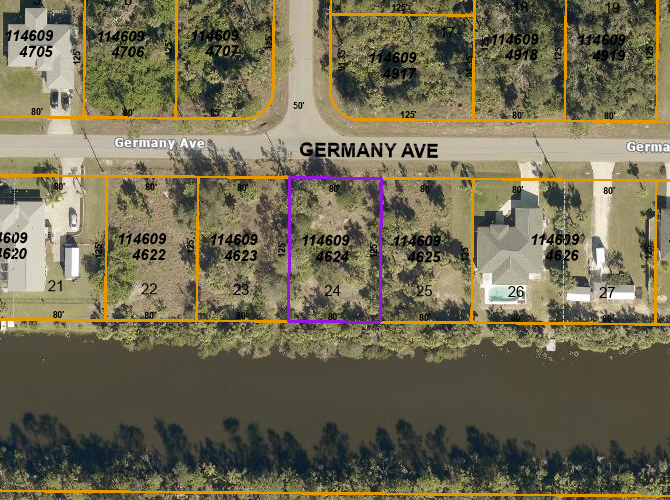


I recently had the honor of helping buyers and sellers close on a few vacant lots, 2 in Englewood and 1 in Northport, FL. Both Buyers and Sellers had many questions prior to going under contract. When considering the future of a vacant lot, several factors come into play, including location, zoning regulations, market demand, and personal goals.
Here are some steps to help you assess and plan for the future of a vacant lot:
- Research Zoning Regulations: Check with your local planning department to understand the zoning regulations for the lot. This will determine what type of development is allowed, such as residential, commercial, or mixed-use.
- Market Analysis: Conduct a market analysis to determine the demand for different types of properties in the area. Consider factors such as population growth, employment opportunities, and infrastructure developments that could impact the demand for real estate.
- Feasibility Study: Assess the feasibility of different development options for the lot. Consider factors such as construction costs, potential revenue from the development, and any regulatory hurdles that may need to be overcome.
- Consult Professionals: Consider consulting with professionals such as architects, real estate agents, and land use attorneys who can provide valuable insights and guidance on the best use for the vacant lot.
- Consider Future Trends: Anticipate future trends in real estate and urban development that could impact the value of the property. For example, if there is a growing trend towards sustainable or mixed-use developments in the area, you may want to consider incorporating these elements into your plans.
- Community Engagement: Engage with the local community to gather input and feedback on potential development plans. This can help you understand the needs and preferences of the community and build support for your project.
- Long-Term Vision: Develop a long-term vision for the vacant lot that aligns with your goals and objectives. Consider factors such as the potential return on investment, the timeline for development, and any potential risks or challenges that may arise.
- Flexibility: Remain flexible in your approach and be prepared to adapt your plans based on changing market conditions, regulatory requirements, or community feedback.
By following these steps, you can develop a strategic plan for the future of the vacant lot that maximizes its potential and aligns with your goals and objectives.
More things to consider: The Do’s and Don’ts of Buying Vacant Land (usnews.com)
Follow me on social media for more Real Estate information:
LinkedIn (64) Julia Montei | LinkedIn
Facebook http://www.facebook.com/juliamonteire
Website: Julia Montei (cbmoxi.com)


 Facebook
Facebook
 Twitter
Twitter
 Pinterest
Pinterest
 Copy Link
Copy Link